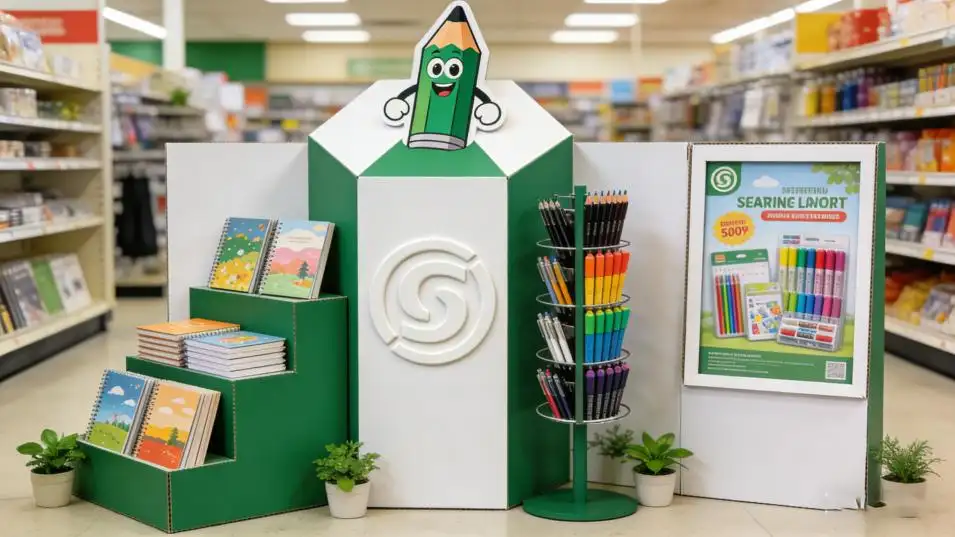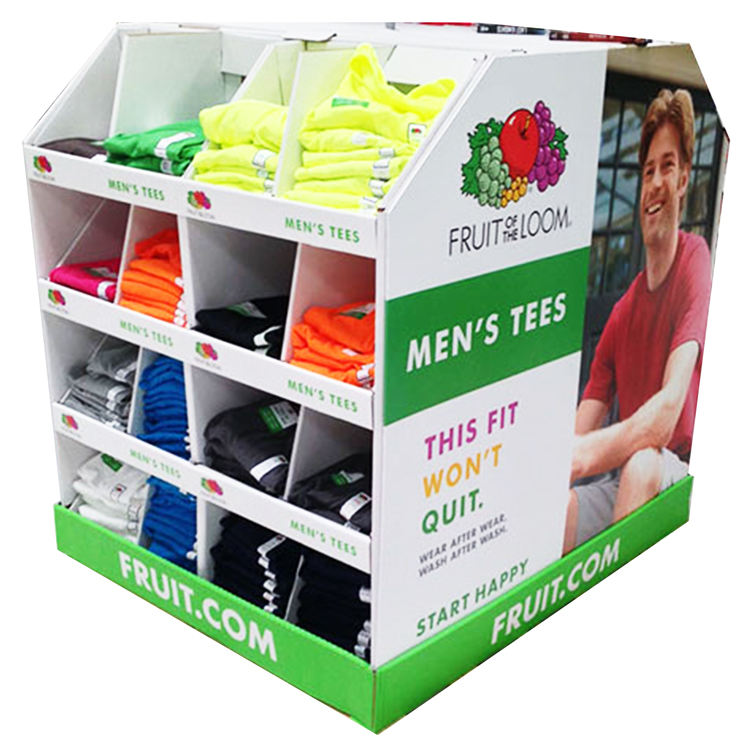Are your products getting lost in crowded retail aisles? Getting noticed is the first battle. Custom cardboard displays are your secret weapon to stand out and capture shopper attention instantly.
Custom cardboard displays boost product visibility with eye-catching graphics and unique structural designs that stand out from standard shelving. They increase sales by placing products in high-traffic areas, encouraging impulse purchases, and effectively communicating brand value at the critical point of decision-making.
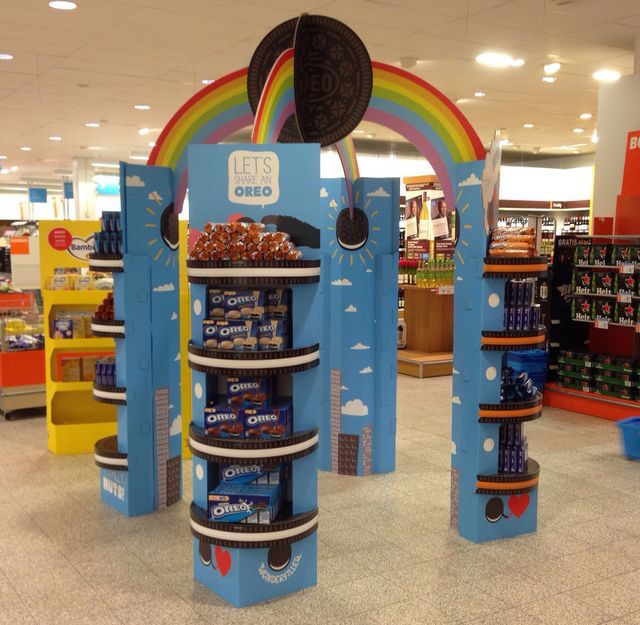
You see the potential, but you might wonder how a simple piece of cardboard can make such a big difference. It's more than just cardboard; it's a strategic marketing tool. I've spent 16 years in this industry, and I've seen firsthand how a well-designed display can transform a product's journey from the shelf to the shopping cart. Let's break down exactly how these displays work their magic and why they are a crucial investment for any brand looking to grow.
How Do Custom Designs Make Products More Noticeable?
Your amazing product is sitting on a generic shelf, blending in with dozens of others. Shoppers walk right by, completely unaware. Custom displays use unique shapes and strong branding to stop them.
Custom displays use vibrant graphics, unique structures, and powerful branding to cut through the visual clutter of a retail store. This makes products instantly noticeable, drawing shoppers’ eyes away from competitors and directly to your offering. Grabbing attention is the first step to making a sale.

In my experience, the power of a custom design lies in its ability to tell a story without saying a word. A standard retail shelf is just a container, but a custom display is a stage. It’s about creating a visual disruption that makes a customer pause and look. This is where designers like Peter excel; they understand how to turn a client's vision into a physical structure that demands attention. We achieve this through a few key principles.
Color Psychology and Branding
Colors trigger emotions. A bright yellow might signal happiness and affordability, while a deep blue can convey trust and quality. We use color strategically to align with your brand's message and attract your target demographic. It’s not just about being loud; it’s about being right.
Structural Innovation
Why should a display be a box? We can design displays shaped like your product, your logo, or something else that tells your brand's story. I remember a project for a honey brand where we created a display shaped like a giant honeycomb. The unique structure was so engaging that shoppers couldn't help but walk over to see it, and the product's sales nearly doubled in the first month.
Here is a simple breakdown:
| Feature | Standard Shelving | Custom Cardboard Display |
|---|---|---|
| Visibility | Low, blends in | High, stands out |
| Branding | None or minimal | Full brand storytelling |
| Shape | Uniform and rectangular | Unique and creative |
| Engagement | Passive | Interactive and engaging |
By moving away from the "sea of sameness" on regular shelves, your product gets the spotlight it deserves.
Why Are Point-of-Purchase Displays So Effective at Increasing Sales?
You've captured a customer's attention, but they are still thinking about it. That moment of hesitation is where many sales are lost. Point-of-purchase displays convert that interest into an immediate purchase.
Point-of-purchase (POP) displays are effective because they position products in high-traffic areas at the final decision-making moment. They trigger impulse buys by presenting a clear, compelling offer right where customers are ready to spend. This shortens the path from looking to buying.
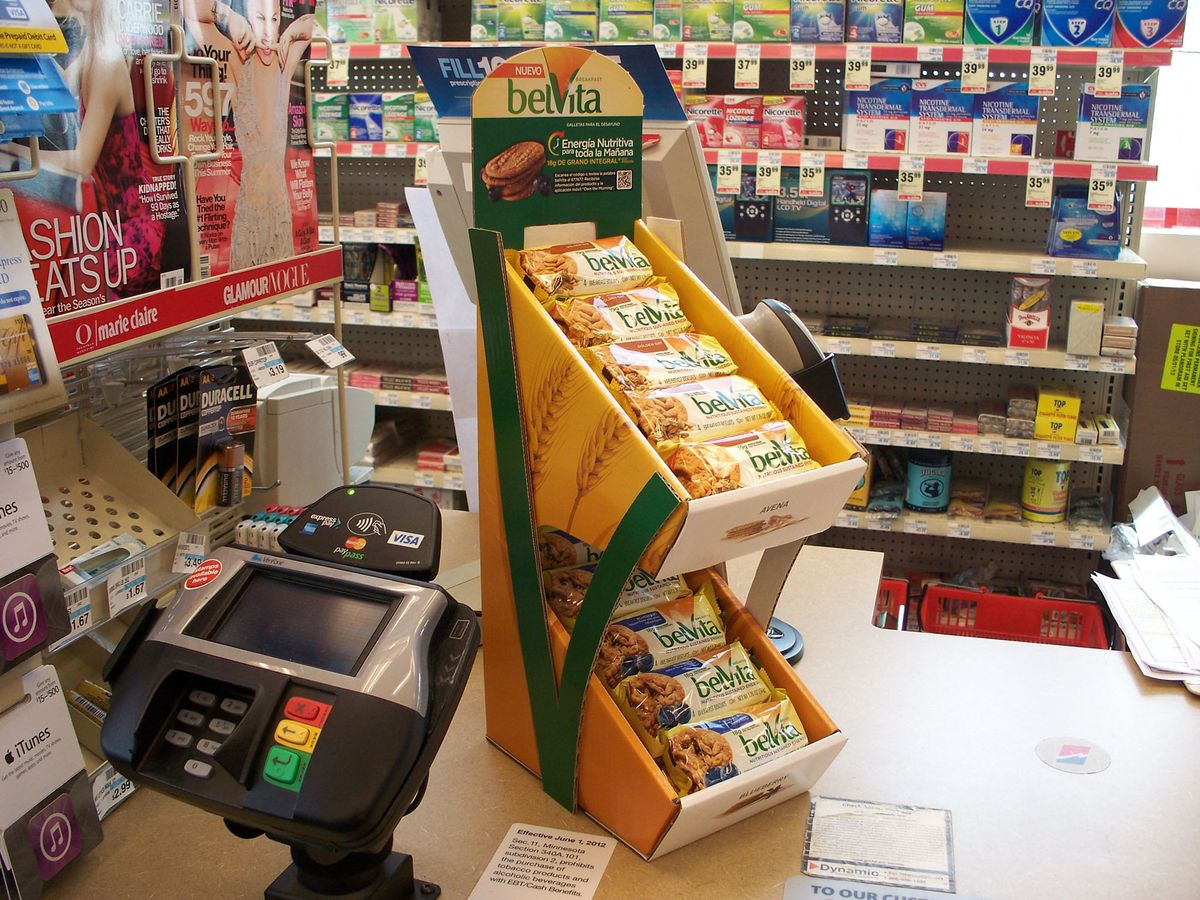
The magic of a POP display is all about location and timing. Think about the checkout lane. It's the one place every single shopper has to go. Placing a product there is my favorite strategy for driving impulse buys. Over my 16 years in business, I've seen this simple placement strategy deliver incredible results for so many clients. But it's not just about the checkout. There are specific ways we leverage these displays to turn shoppers into buyers.
The Power of Placement
The journey through a store is predictable. We know where shoppers linger and where they make quick decisions. Placing a floor display at the end of an aisle (an endcap) or a smaller counter display near a related department can introduce your product to a customer who wasn't even looking for it. It creates an unplanned discovery, which often leads to a sale.
Creating Urgency and Simplicity
POP displays often feature special offers, limited-time promotions, or simply present the product in an easy-to-grab format like a dump bin. This creates a sense of urgency or convenience. One of my designers, Peter, once designed a compact counter display for a new snack bar. The client's challenge was the small footprint. Peter's design was brilliant; it held a lot of product without taking up much space, and its simple "Try Me!" message was irresistible. The client sold through their initial stock in half the expected time.
Here’s how different POP displays work:
| Display Type | Best Location | Primary Goal |
|---|---|---|
| Floor Display | High-traffic aisles, endcaps | Introduce new products, promotions |
| Counter Display | Checkout, service desks | Encourage last-minute impulse buys |
| Dump Bin | Main aisles, front of store | Move high volume of small items |
| Pallet Display | Wide aisles, front entrance | Showcase bulk deals, seasonal items |
These displays work because they make the decision to buy easy. They present the right product, in the right place, at the right time.
How Can Cardboard Displays Strengthen Your Brand Identity?
Your brand message gets lost on a packed store shelf. Customers might remember the product type, but they don't remember your specific brand. Custom displays solve this by creating a memorable brand experience.
Cardboard displays act as a dedicated billboard for your brand right inside the store. By consistently featuring your logos, brand colors, and key messages, they reinforce your brand identity. This makes your brand more recognizable and builds trust, leading to repeat purchases and long-term loyalty.
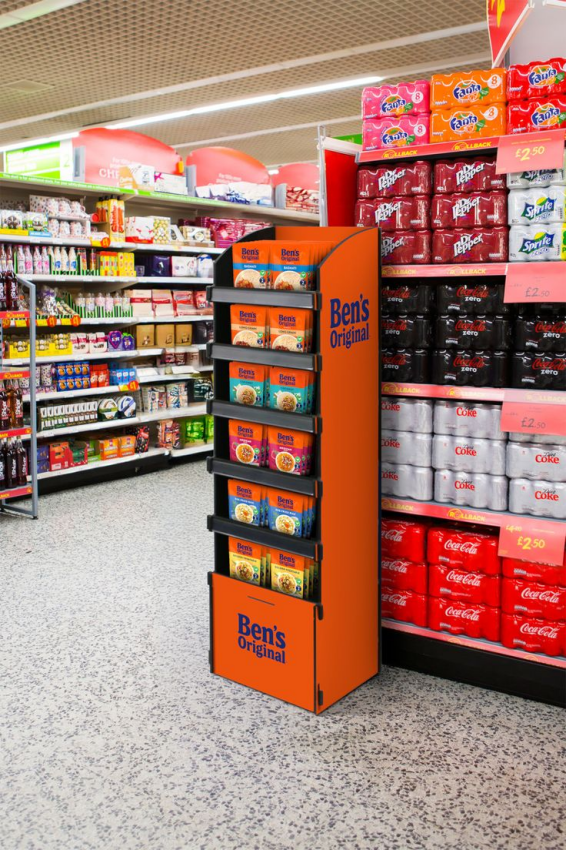
Building a brand is about building a relationship with your customer. A custom display is a physical touchpoint in that relationship. It's your chance to communicate what your brand stands for, beyond just the product itself. In my career, I've found that the most successful brands are the ones that tell a consistent and compelling story. A display is a perfect chapter in that story. It’s a silent salesperson that represents your brand values 24/7. My team and I focus on a few core areas to make this happen.
Communicating Your Brand Story
Is your brand fun and playful? Or is it sophisticated and premium? The design of the display communicates this instantly. The fonts we choose, the imagery we use, and the words we write all work together to create a specific feeling. For a kids' toy, we might use bright colors and cartoon characters. For a luxury cosmetic, we'd use elegant fonts and a clean, minimalist structure. The display becomes an extension of your brand's personality.
Eco-Friendly Materials and Brand Values
Today’s consumers care about sustainability. Using recyclable cardboard for your displays is a powerful way to show that your brand shares those values. This is something designers like Peter are very passionate about. He is always exploring new, sustainable materials and production methods. When a customer sees that your display is eco-friendly, it sends a message that your brand is responsible and modern. This small detail can make a huge difference in building trust and creating a positive brand image.
Here’s how design elements contribute to the brand message:
| Design Element | Role in Branding | Example |
|---|---|---|
| Logo & Colors | Reinforces brand recognition | Using Coca-Cola's red and script font |
| Imagery | Creates an emotional connection | Showing happy families using a product |
| Slogan | Communicates core value proposition | A simple "100% Organic" message |
| Material | Reflects brand values (e.g., sustainability) | Using unbleached, recyclable cardboard |
A custom display isn't just a holder for your product; it's a powerful tool for building a brand that customers remember and trust.
Conclusion
In short, custom cardboard displays grab attention, drive impulse sales, and build a lasting, memorable brand image right where it matters most—in the store.



